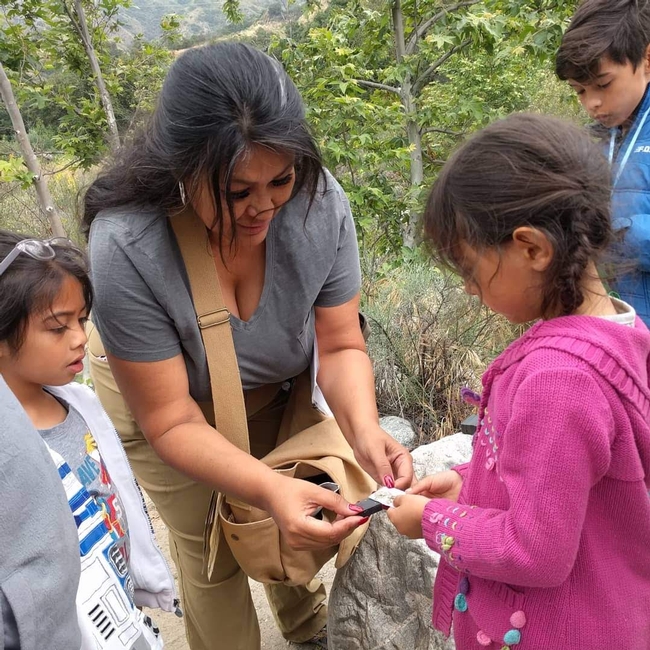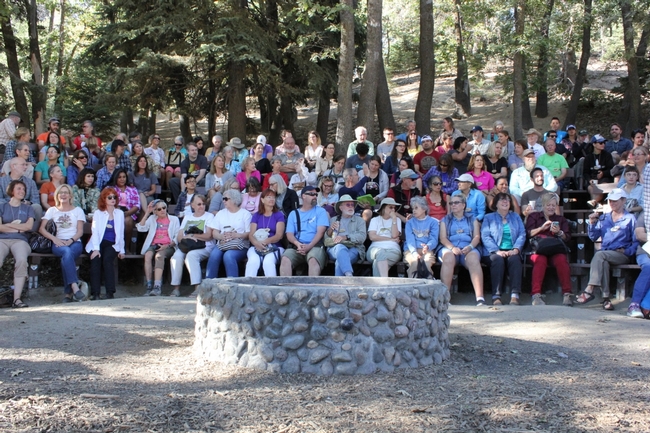
Collective impact isn't new, but the concept of collaboration by organizations from different sectors around with a common goal to solve or address a complex social or environmental problem has gained traction since it was articulated in 2011 by a team at the Stanford Social Innovation Review. The UC California Naturalist program network is an example of a collective impact. Since its inception, it has multiplied the effort of Brenda Kyle and others like her. To date, 56 different organizations from around the state have engaged over 80 instructors, who have trained 3,720 participants just like Brenda. Certified naturalists have gone on to make over 73,000 educational contacts and provide over 168,000 hours of volunteer service worth an estimated $4.3 Million to the state of California. These are the outputs of a diverse array of individuals from across the state whose one commonality is a pin and certificate that says, California Naturalist.
While the California Naturalist network addresses the five conditions originally outlined for collective impact (i.e., a common agenda, shared measurement, reinforcing activities, continuous communication and backbone support), a new opportunity has emerged that will further strengthen our work. Our new Climate Stewards course is helping us more systematically and intentionally adapt to new priorities, better connect to those with lived experiences, and strengthen the engagement of our partners. The course itself is a reflection of the growing demand for the same research-based approaches to education and service that characterizes the original California Naturalist course. Our recent Climate Stewards Initiative needs assessment reached over 500 individuals helping us better address the needs of those individuals in communities across the state who will participate in the course. Finally, modifications to our Program Advisory Committee have increased the voice and engagement of our external partners and reaffirmed our role as a backbone organization for the network. In short, the momentum behind the new Climate Stewards course is helping to elevate and catalyze the larger California Naturalist collective impact network of which it is a part.
Collective impact is both a process and a result. The collaborative structures create a framework for coordination, and the aggregated numbers help describe the scale of our impact. But the rich colors, shapes, and details of collective impact come from the stories of naturalists like Brenda Kyle. These stories are now being captured and shared in an online Story Map that highlights the impact of California Naturalists from around the state. We hope you'll also want to share your story and help us complete the mosaic of environmental stewardship that is growing around the state and essential to maintaining a thriving, sustainable, and resilient place that many of us call home.
